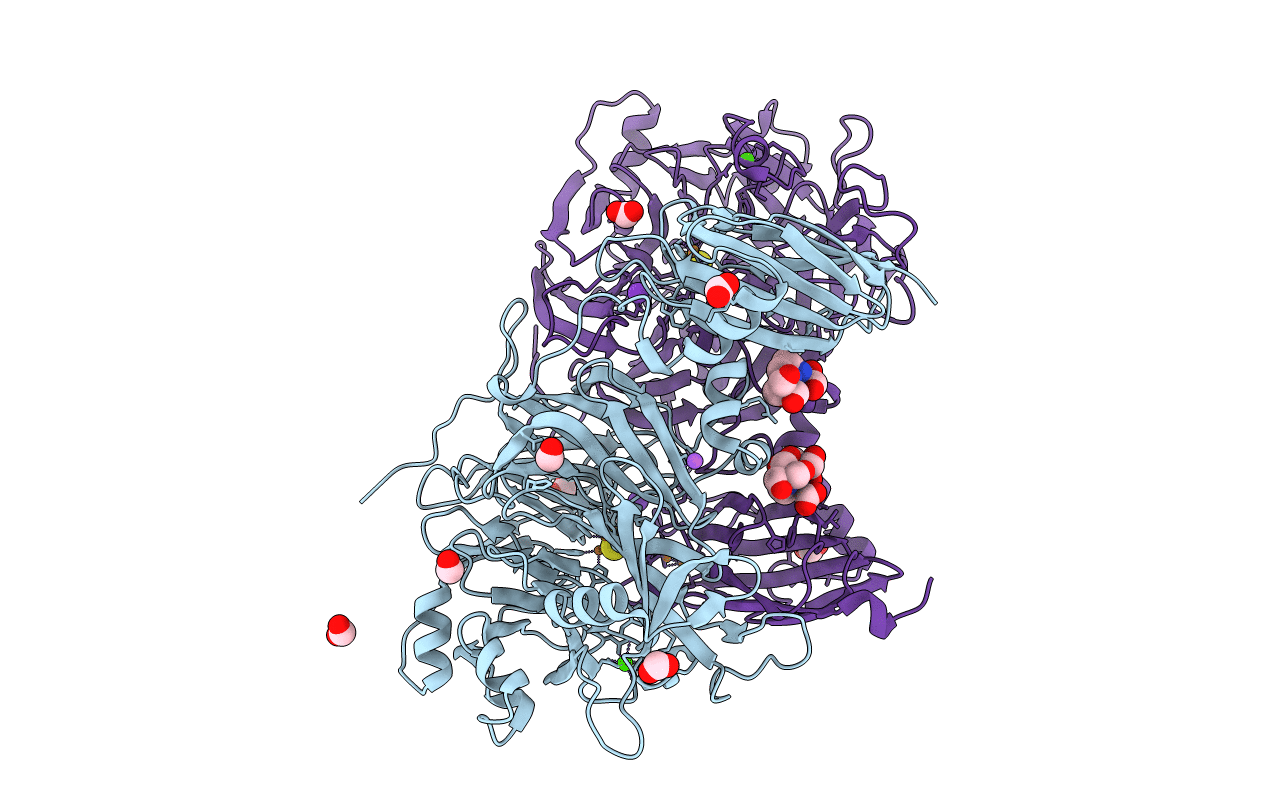
Deposition Date
2020-10-20
Release Date
2021-01-13
Last Version Date
2024-01-31
Entry Detail
PDB ID:
7APY
Keywords:
Title:
Pseudomonas stutzeri nitrous oxide reductase mutant, D576A
Biological Source:
Source Organism:
Pseudomonas stutzeri (Taxon ID: 316)
Host Organism:
Method Details:
Experimental Method:
Resolution:
1.78 Å
R-Value Free:
0.22
R-Value Work:
0.16
R-Value Observed:
0.16
Space Group:
P 1 21 1


